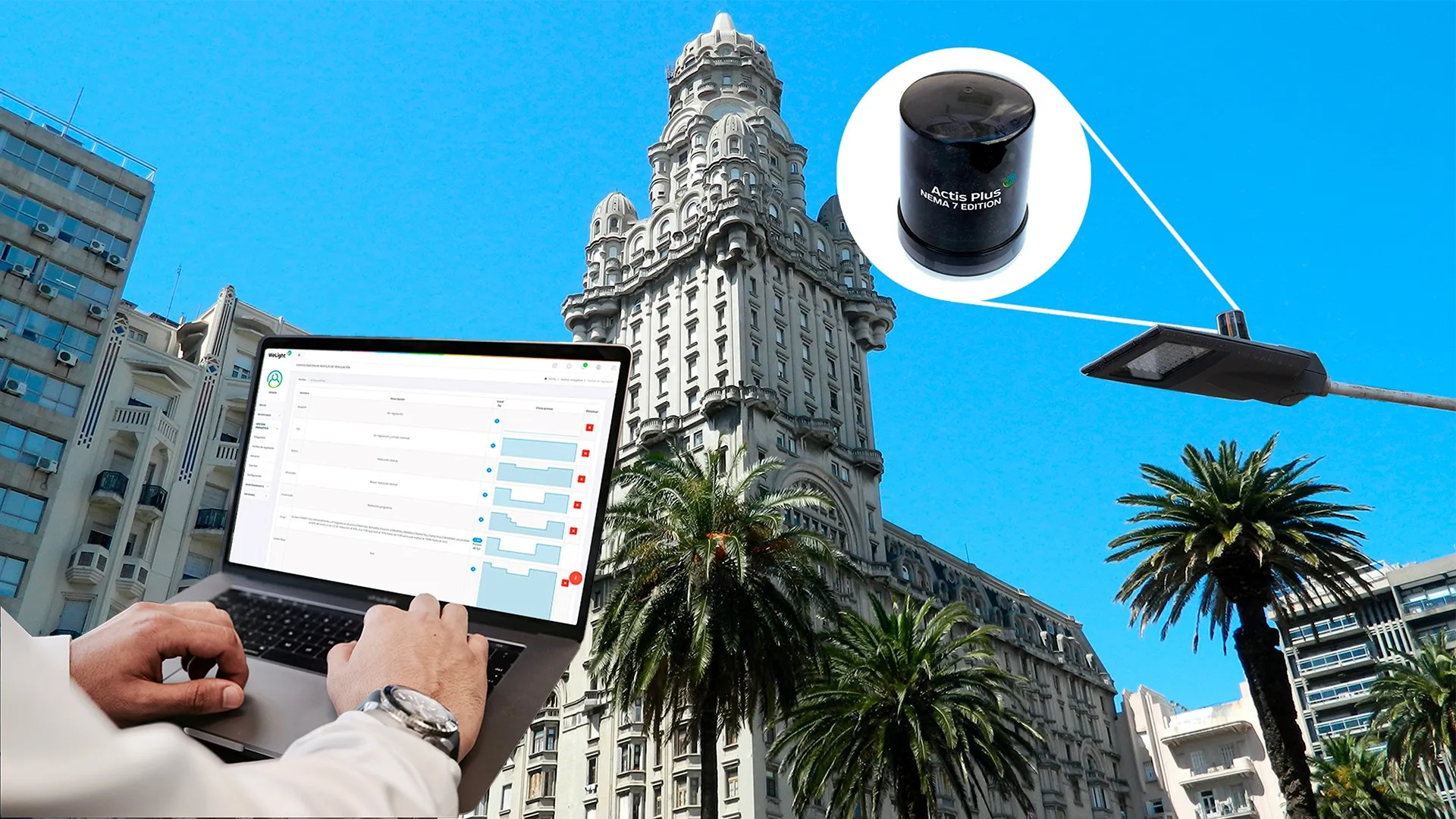Israeli smart city control applications provider Telematics Wireless is to supply its smart city technology for use in a new control and monitoring solution for 132,500 street lights in the City of Montreal, Canada, as part of a US$22 million (CA$28 million) contract awarded to engineering consultants Énergère for the supply and installation of an intelligent street lighting management solution. Telematics' solution will include its 7-pin external lighting control units (LCUs) and internal LCUs that will co
August 26, 2016
Read time: 2 mins
Israeli smart city control applications provider Telematics Wireless is to supply its smart city technology for use in a new control and monitoring solution for 132,500 street lights in the City of Montreal, Canada, as part of a US$22 million (CA$28 million) contract awarded to engineering consultants Énergère for the supply and installation of an intelligent street lighting management solution. Telematics' solution will include its 7-pin external lighting control units (LCUs) and internal LCUs that will control the operation of the lighting fixtures.
Énergère, which aims to provide comprehensive city-wide coverage via multiple smart city networks, has chosen Telematics' T-Light Pro system which enables reliable and secure two-way communications between lighting nodes and the central management software (CMS) via a wireless network that uses a small number of gateways. This energy-saving solution controls lighting levels and monitors the power and energy usage of lightings. Street light outages are detected in real time, reducing maintenance costs and enhancing public safety.
In addition to monitoring and controlling the street lights, the T-Light communications platform will enable the City of Montreal to implement a vast array of smart city solutions. These solutions include the integration of snow sensors which can notify the public works when the streets need to be cleared of snow; the ability to blink the street lights on specific streets to warn citizens to move their cars for the snow ploughs; and the use of sensors on water meters to provide meter readings, detect leakage or monitor sewage lines for overflow.
Énergère, which aims to provide comprehensive city-wide coverage via multiple smart city networks, has chosen Telematics' T-Light Pro system which enables reliable and secure two-way communications between lighting nodes and the central management software (CMS) via a wireless network that uses a small number of gateways. This energy-saving solution controls lighting levels and monitors the power and energy usage of lightings. Street light outages are detected in real time, reducing maintenance costs and enhancing public safety.
In addition to monitoring and controlling the street lights, the T-Light communications platform will enable the City of Montreal to implement a vast array of smart city solutions. These solutions include the integration of snow sensors which can notify the public works when the streets need to be cleared of snow; the ability to blink the street lights on specific streets to warn citizens to move their cars for the snow ploughs; and the use of sensors on water meters to provide meter readings, detect leakage or monitor sewage lines for overflow.









